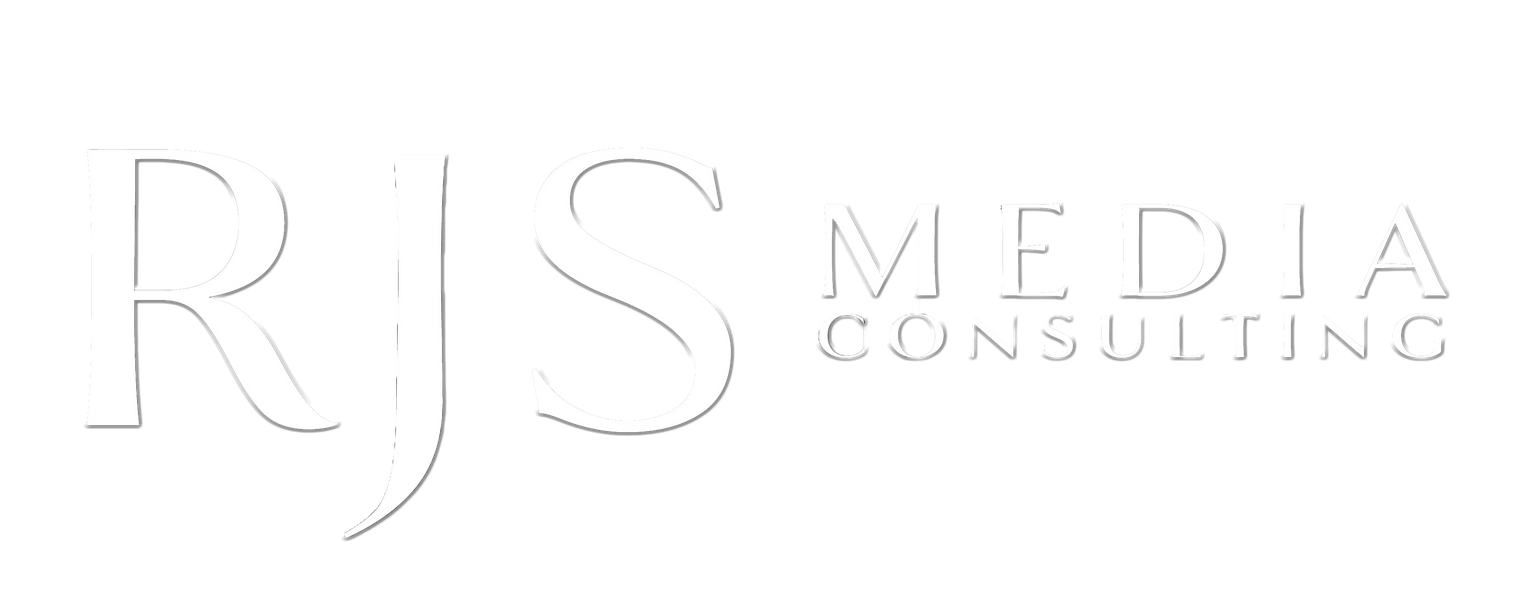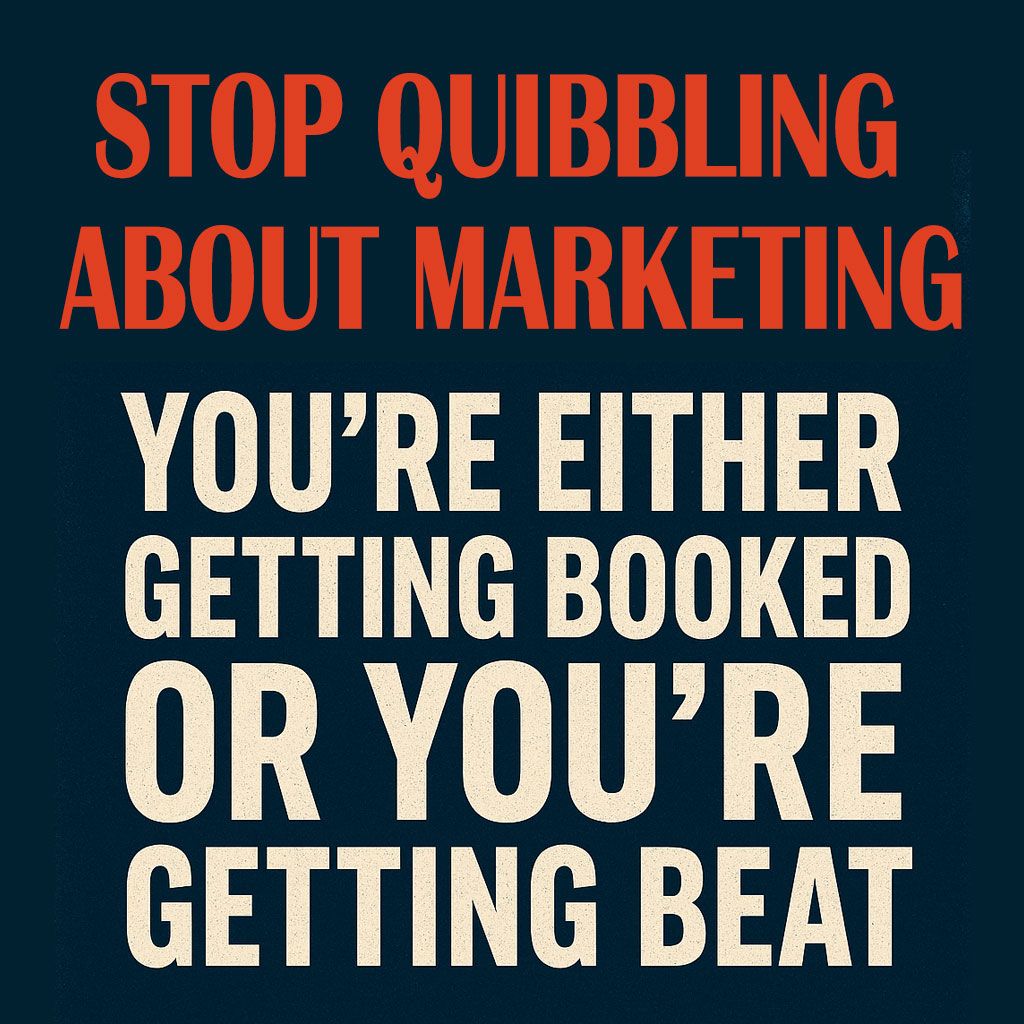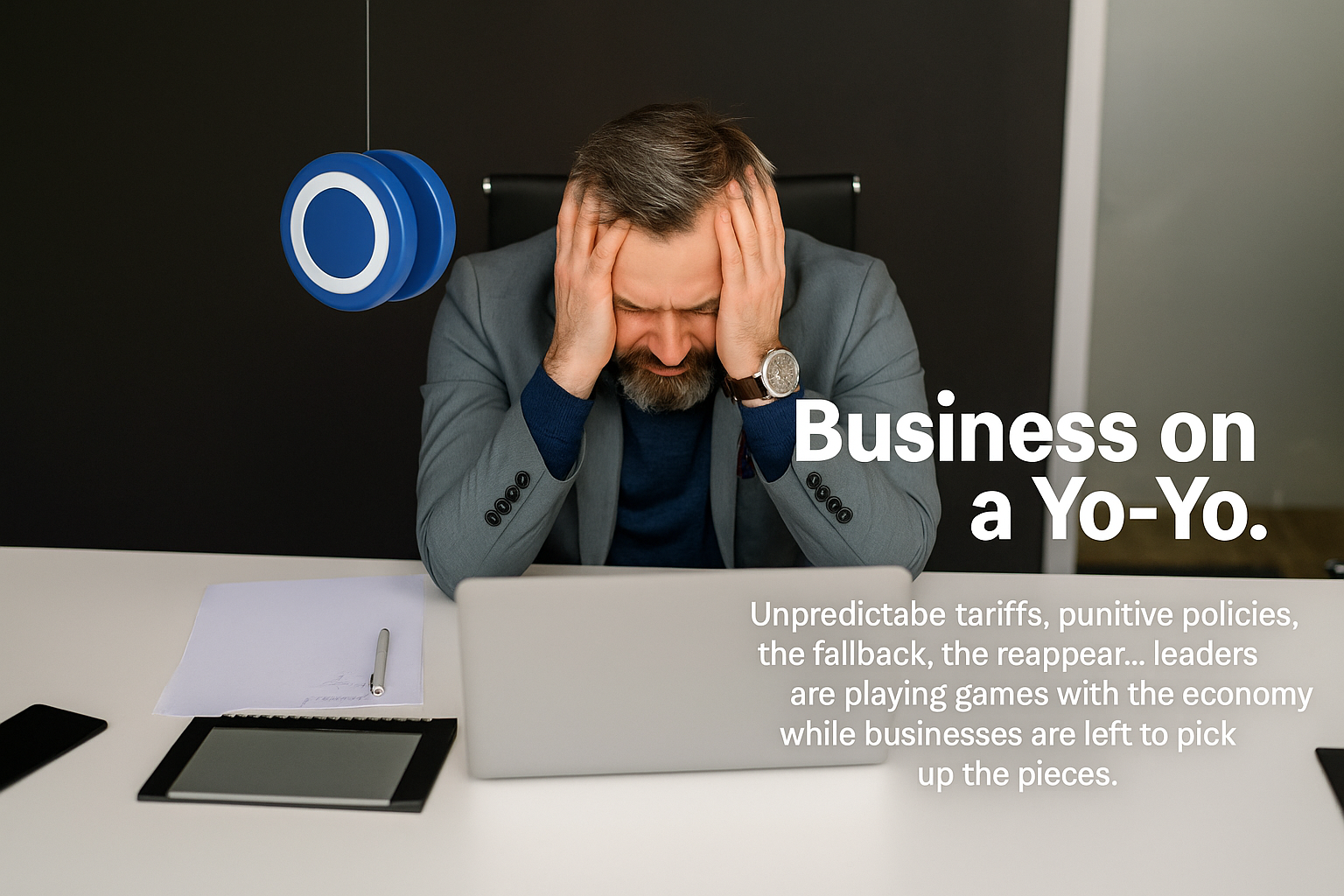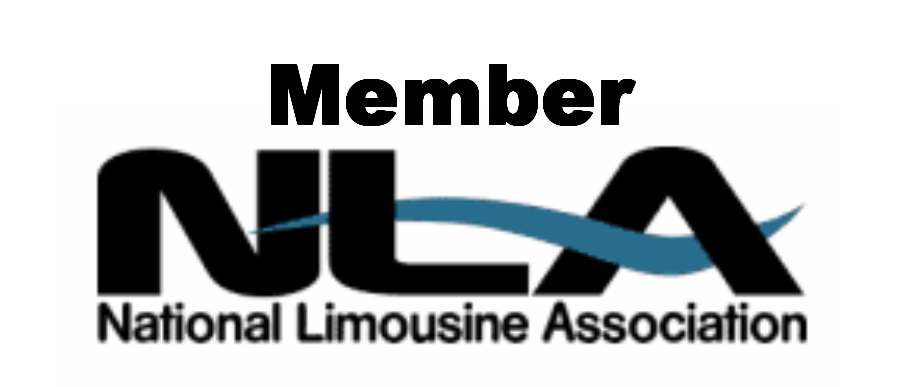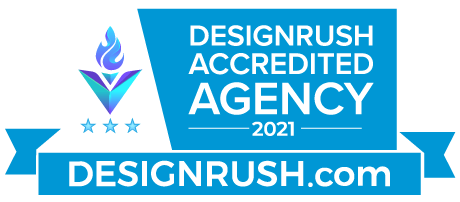A Holisitic overview of inbound marketing
Robert Sporner Lanz • May 13, 2020
Why It's Important Now More Than Ever
As more marketers are using Inbound Marketing to shape their digital strategies, it’s important that all inbound elements are used to get more engagement, leads, and sales. Inbound marketing strategies can still succeed with isolated channels, but we’ve got the evidence to show why you need a holistic approach. Its kind of like baking a cake with a few missing ingredients, it may be ok, but its not going to have the same results as the full product.
What is Inbound Marketing?
Inbound Marketing is a way of connecting businesses with clients based on the changing habits of modern buyers. Outbound advertising strategies may not be as successful as they used to be.
For example:
44% of cold emails are ignored or immediately deleted
The traditional outbound methods declining, and more marketers are looking at other strategies. Many are now moving to inbound.
The processes of Inbound Marketing focus on creating marketing strategies that engage your ideal customers. Unlike outbound where you are bombarding information at customers to the point they tune out, inbound strategies attract customers who are actually interested in what you have to offer.
Inbound marketing attracts buyers with relevant, helpful and useful information in the right place at the right time
to convert them into your customers.
Here is how it works:
It is key that with each step, you create useful and relatable content to pull the buyer along through your process.
It’s not all about offering premium content. There are many different aspects you have to master in order to create a successful inbound strategy for your business.
Why Take a Holistic Approach to Inbound Marketing?
So, you now have a listing of all the ingredients that are part of a successful inbound strategy. Unfortunately, quite often there is a lack of cohesion between them. Very few of the above parts deliver results on their own. Let’s pick out a few of the key pillars of inbound marketing and explain why they all need each other.
Social media is a fantastic, low-cost method for getting your message heard. Unfortunately, a huge number of businesses only go as far as posting news pieces from other sites or sharing a decent meme. The interaction and engagement for these sorts of social messages will always benefit an external site.
So while they may show your followers you have your finger on the pulse—you won’t see much of a benefit. Diversify your social sharing with links to your service pages, products or self-written blogs. Again this will promote a continual flow of interested traffic to your website, not someone else’s.
As was mentioned Blogging, or creating content in general, is a great way to show that you are committed to educating your visitors. It also shows you are happy to give expert knowledge and opinion away for free (central strategy to inbound marketing).
Businesses that are able to create high-quality content have the opportunity to develop the sense of value between the visitor and a brand. However, it isn’t as easy as throwing up a few paragraphs. There is minimal strategic advantage to posting blogs without calls to actions, as without one the only option after reading a blog is to leave.
Whether you attract visitors to your blogs through social media, paid ads or SEO—ensure you include a CTA on the page so people can continue to engage with your site and move further down the buyer’s journey.
Once you’ve written a great blog and included an attractive CTA—this clickable button is completely useless unless it is aligned with a suitable tone of voice and buyer journey stage.
Vary your offers and free content - let people to interact in a way that works for them. For example, a blog that explains the definition of SEO should not have a CTA that leads through to a purchase page for SEO agency services. We’d advise that the CTA moves the reader on a step, maybe offering them an eBook that talks about the key benefits or compares it to other methods.
inbound marketing is connected by different factors that bring a customer to your website, then moves them along the Buyer’s Journey.
Your CRM records all activity and sends out timely automation events to direct them through the Buyer’s Journey.
Automation takes the humble email and can make it much smarter. While the weekly newsletter can work for more generic updates, it’s nearly impossible to create unique email campaigns that reach specific people when they are ready to read without a well-planned automation.
Modern CRM systems can build up rules for when to send certain messages, which behavior to look for and how long to wait for until the next message is sent. By creating rules and allowing an intelligent system to follow an automated set of guidelines—you will be able to interact 24/7 without any work beyond an initial setup.
Automation should be set up in a way that gently nurtures people down the Buyer’s Journey—think of it as the most attentive and un-interruptive sales team in the world.
To Summarize:
Social Media / SEO > Blog > CTA > Landing Pages > Contact Form > Premium Free Content > Email Automation > Customer!
And there you have it. A holistic approach to inbound which drives customers! There are no shortcuts when it comes to inbound. Having an Inbound Marketing strategy is a long term investment that works by interacting with potential customers at different stages of the Buyer’s Journey.
